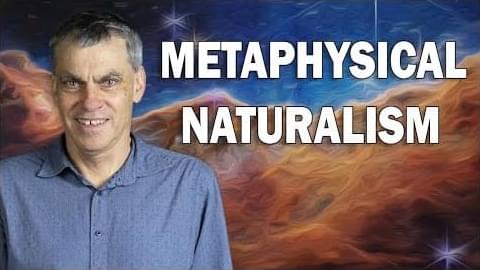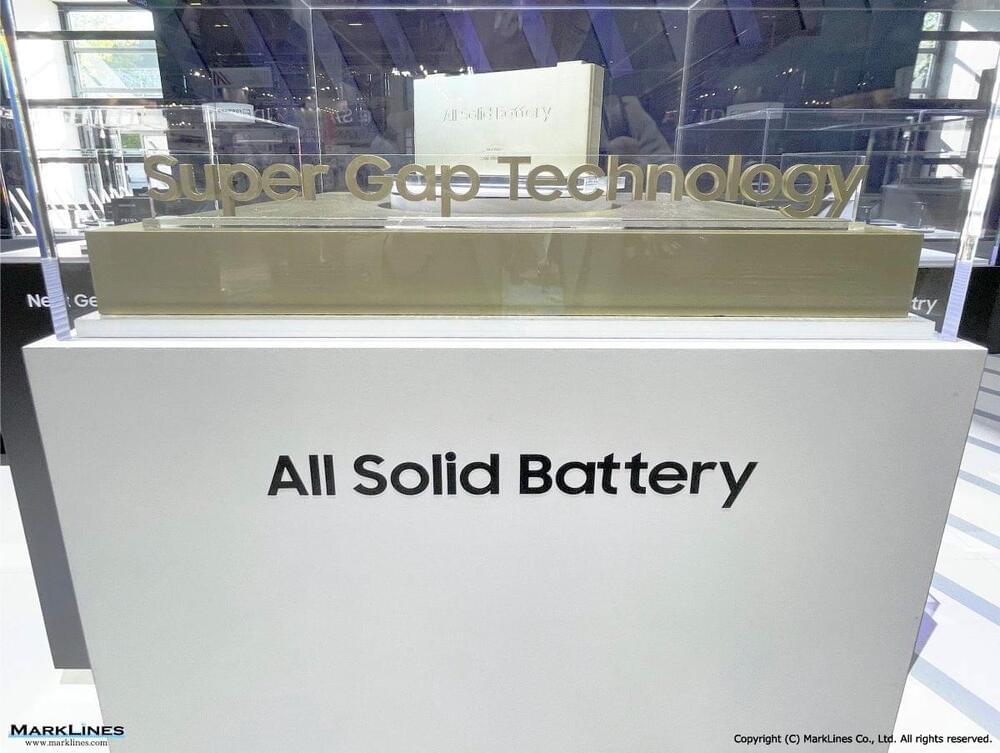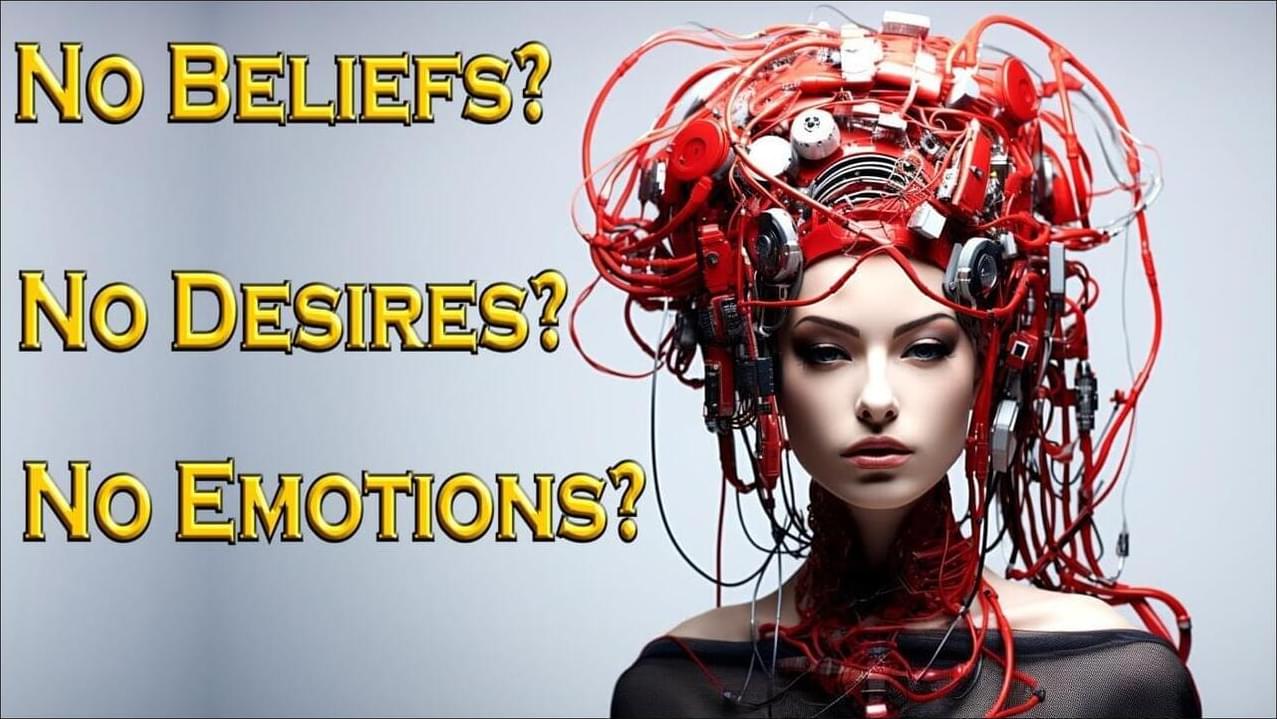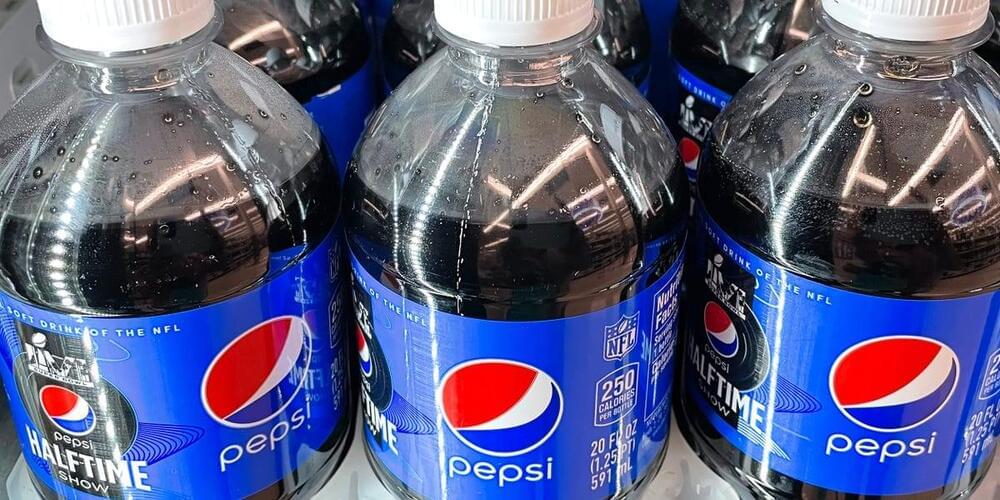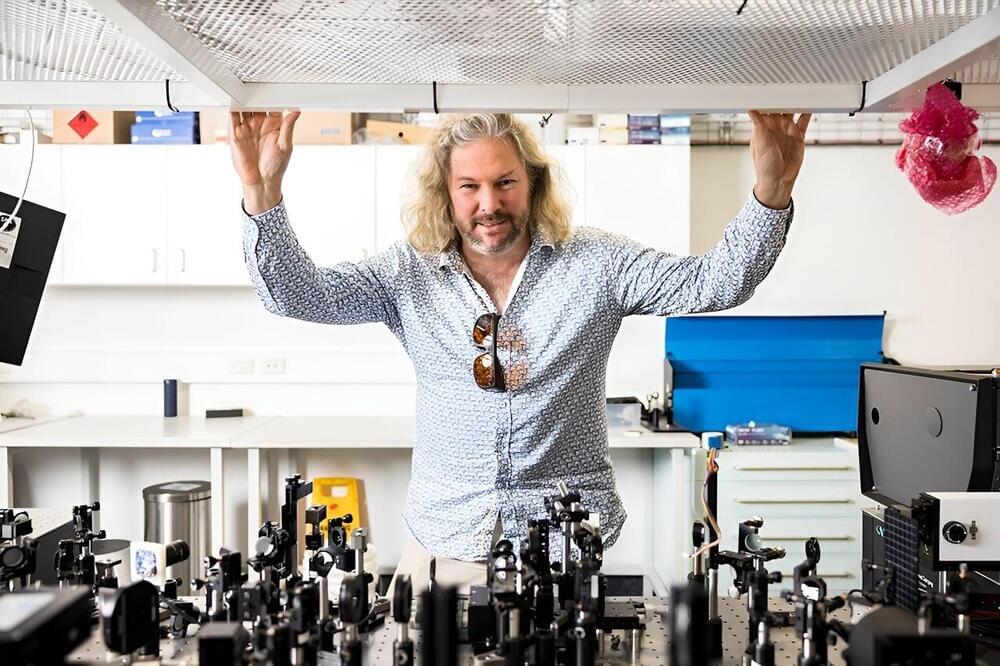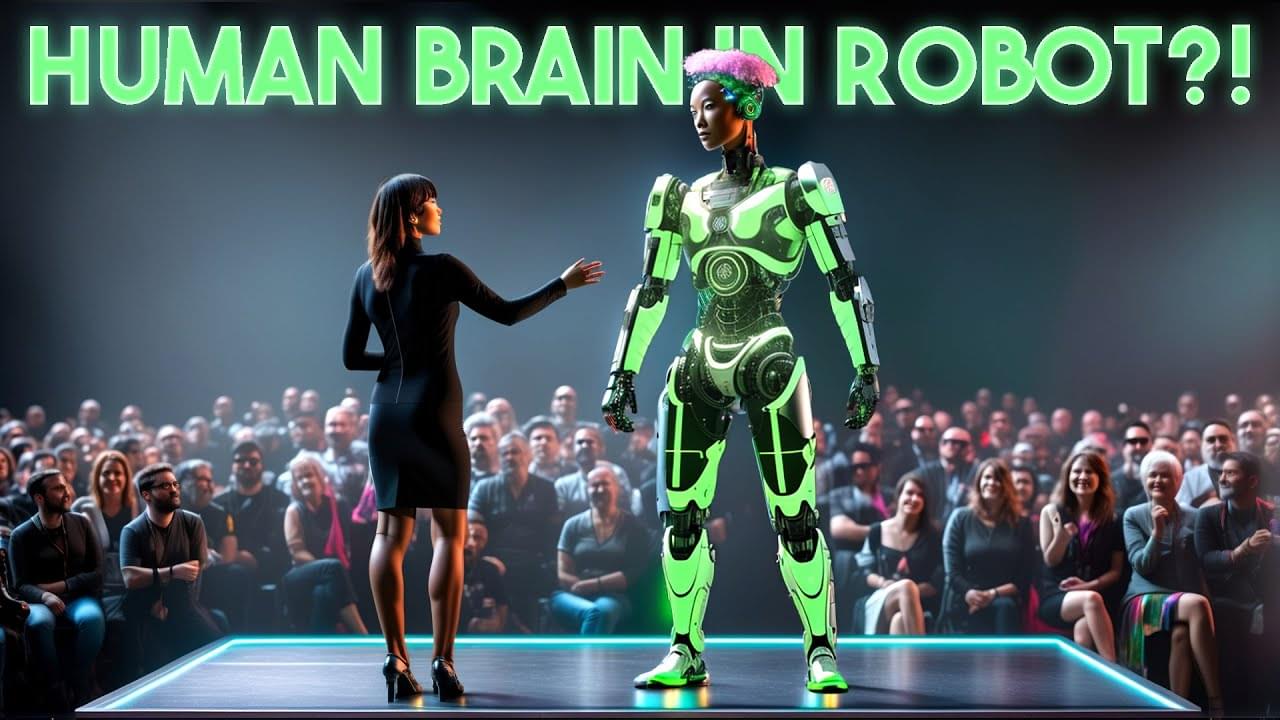In this interview, I talk with Dr. Graham Oppy about his understanding of metaphysical naturalism. He defends the thesis that natural reality is coextensive with causal reality such that there are no causal entities that are non-natural.
If you enjoy the content. Let me know who else I should have on the channel and what should we chat about!
